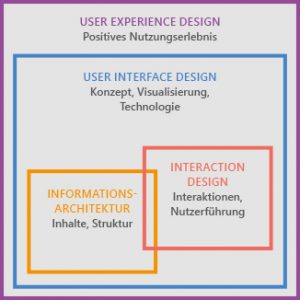Agile working for more success
How low-code platforms promote agile work:
What is agile working?
The concept of agile working is a response to the ever-increasing complexity of entrepreneurial processes and the speed of change in fields such as development or marketing. Agile teams are designed to increase efficiency and innovation through greater adaptability.
This is based on a manifesto (agilemanifesto.org) written in 2001 by a group of experts in the field of software development. It sets out guiding principles and principles that are used by an agile team. In the meantime, the concept is also being applied in many other industries.
Guiding principles
The four guiding principles:
- Individuals and interactions more than processes and tools
- Functioning software more than comprehensive documentation
- Cooperation with the customer more than contract negotiation
- Responding to change more than following a plan
“That is, although we think the values on the right are important, we rate the values on the left side higher.” (Source: www.agilemanifesto.org)
In the application for companies outside of software development, the word “software” can be simply replaced by “service” or “product”. These guiding principles make it clear that the social dimension as well as the final result and adaptable work are put above technical aspects and documentation.
The principles of the Agile Manifesto describe important cornerstones of agile work. Particular emphasis is placed on close cooperation and direct communication as well as on the prerequisite for high motivation and self-organization of the employees. Management should be more supportive (servant leadership) and trust, rather than commanding and controlling from above. Instead of a five-year plan, visions are formulated that serve as hubs for any necessary rearrangements in planning. In addition, continuity is particularly important in many areas. The pace of work should be uniform – overtime is not foreseen – while changes and new insights are welcome and are continuously included in the development. This is also part of the continuous reflection that serves to continuously optimize the processes and organization in the team. This also includes questioning work steps, finding simple solutions as simple as possible and avoiding unnecessary tasks.
However, the principles are not to be understood as a formula for the perfect team. Each team is made up of different personalities and has to develop its own optimal working method through continuous learning and reflection. This phase of “finding yourself” is an important part of the way to a well-functioning agile team.
Agile methods
- In addition to the principles, some well-known agile methods such as Scrum or Kanban have also developed. Scrum, for example, relies on short “development sprints” from days to weeks, maximum months. Then the achieved stand is presented to the customer or manager. Optimization suggestions or new insights are then absorbed directly and incorporated in the next sprint.
- However, an agile approach is not yet achieved with a pure application of these methods. Rather, the internalization of the guiding principles and principles – the agile mindset – is important in order to implement agile work and thus be successful. Nevertheless, agile methods are often borrowed and in places successfully used in less agile teams.
- However, agile work is not suitable for every team. It makes real sense, especially in the complex market environment, where adaptations to new contexts are part of daily business and long-term planning is hardly possible.
How can software support agile working?
The simple configuration of business applications with a low-code platform such as a business app has many advantages for agile teams:
- Existing building blocks can be used to build applications quickly and in simple steps for the team
- For special project-specific requirements, Business App also allows you to create your own elements
- High data transparency enables agile work and self-organization in a team, so that the collective intelligence of the experts can be optimally utilized
- Due to a high degree of automation possibilities in the applications and the easy integration of external software via interfaces,valuable time is saved, for example, during documentation activities
- The data-based view of past and future project histories, on the other hand, is of great benefit for continuous learning and reflection.
- Easy user management and operating system friendliness creates benefits especially in collaboration with supra-regional agile teams





